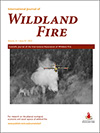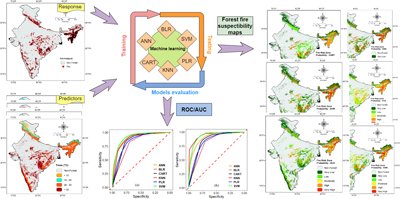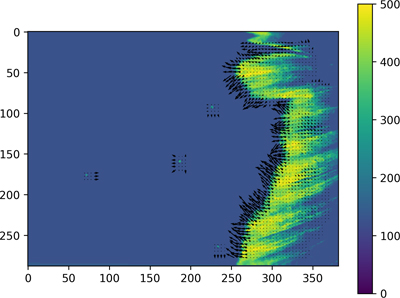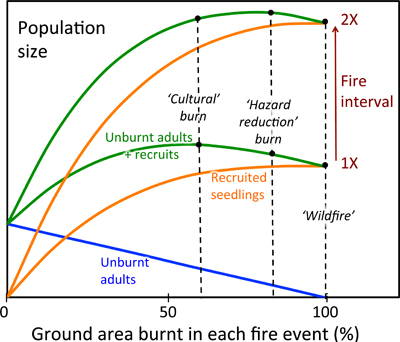
International Journal of Wildland Fire
Volume 31 Number 8 2022

The current study assessed the forest fire susceptibility of Indian forest cover using six machine learning algorithms. This study demonstrates the relationship between forest fire occurrence and forest, climate and topography parameters. These algorithms have a remarkable ability to develop fire susceptibility prediction models using minimal parameters.
WF22016 Abstract | WF22016 Full Text | WF22016PDF (19.1 MB) Open Access Article
WF21122Rate of spread and flaming zone velocities of surface fires from visible and thermal image processing

We present two new algorithms that can retrieve rate of spread and flaming velocities of fires from uncrewed aerial vehicles. The thermal tracking is well suited for studying fire–atmospheric interactions whereas the visible image tracking estimates the fire perimeter. Both techniques are available open‐source and may be adapted for operational purposes.
WF21122 Abstract | WF21122 Full Text | WF21122PDF (18.6 MB) Open Access Article
WF22006Modelling initial attack success on forest fires suppressed by air attack in the province of Ontario, Canada
We examined the influence of airtankers on the successful containment of forest fires in the province of Ontario. Three models were developed to estimate the probability of initial attack success based on different information available to the fire management agency throughout the fire response process.
WF21064How interactions between wildfire and seasonal soil moisture fluxes drive nitrogen cycling in Northern Sierra Nevada forests
 , Matthew B. Dickinson, Jessica R. Miesel
, Matthew B. Dickinson, Jessica R. Miesel  , Laura Wade and Jonathan Greenberg
, Laura Wade and Jonathan Greenberg
To understand how wildfires influence biogeochemical processes in the northern Sierra Nevada, we collected soil samples immediately before and over the course of 10 months following a wildfire. We found that fire and soil moisture interacted to generate pulses of N mineralisation that varied non-monotonically with increasing burn severity.
A cluster randomised control trial evaluated the effectiveness of two intervention programs across a wildland fire season. Compared with a control group, participating in a psychosocial education intervention program buffered the impact of psychosocial risk factors, while participation in any program yielded a significantly lower incidence rate of injury.
WF21126 Abstract | WF21126 Full Text | WF21126PDF (1.1 MB) Open Access Article

Population modelling of a fire-killed grevillea shows that fire frequency (preferably exceeding 30-year intervals) and the extent of fire coverage (preferably exceeding 60% of the ground surface) are crucial factors in enhancing the conservation status of this species.
In response to Lamont’s critique, we highlight the nuances of modelling and observing population dynamics, the benefits of cross-cultural research and ongoing challenges for fire management. We reinforce our conclusion that cultural fire management supported by science provides the most adaptive approach to support the recovery of the Backwater grevillea.
WF21035_COCorrigendum to: Regional drought synchronised historical fires in dry forests of the Montane Cordillera Ecozone, Canada
WF21035_CO Abstract | WF21035_COCorrigendum (1.8 MB) Open Access Article



